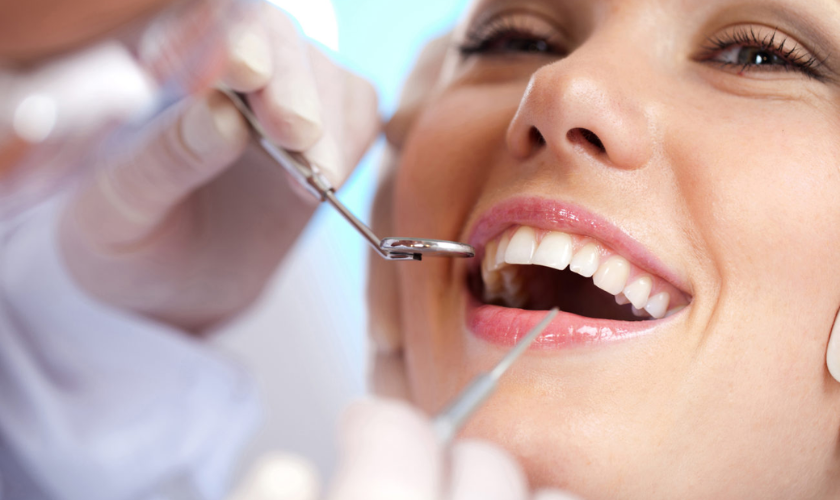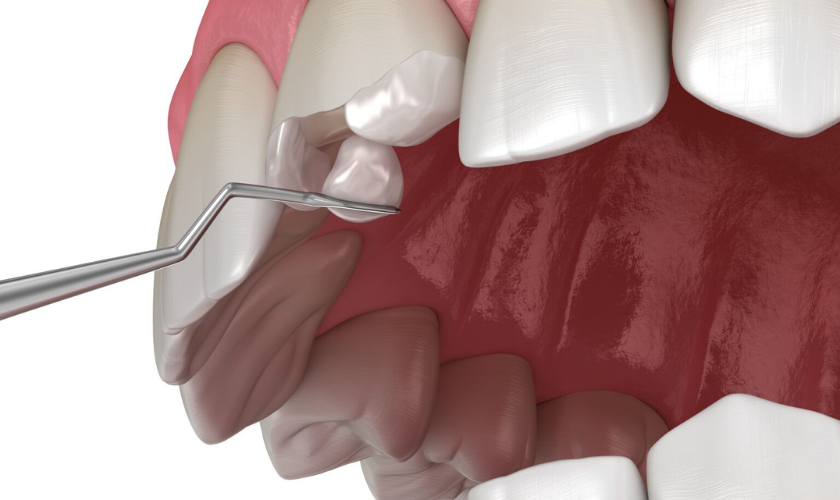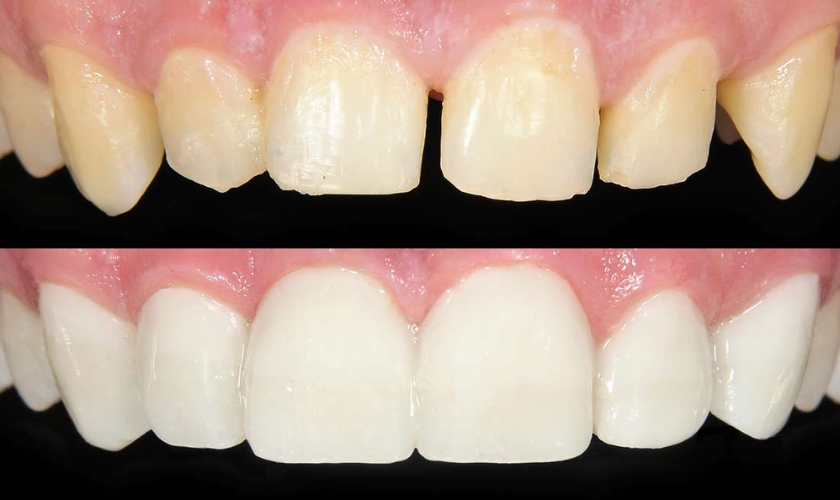
Your smile is a timeless accessory, and dental bonding has emerged as a popular way to enhance it. Dental bonding is a cosmetic dentistry procedure where a tooth-colored resin material is applied and bonded to the natural tooth. It’s a versatile solution for chipped, discolored, or misshapen teeth, providing a quick and effective way to revamp your smile. One common question that arises is, “How long can dental bonding last?” Understanding the factors influencing the durability of dental bonding is crucial for maintaining a radiant and confident smile. In this blog, we’ll delve into the secrets behind the longevity of dental bonding and provide tips to ensure your bonded teeth withstand the test of time.
Why Do You Need Dental Bonding?
Dental bonding is a versatile cosmetic dentistry procedure designed to address various dental issues and enhance the overall appearance of your smile. Here are several reasons why individuals may opt for dental bonding:
- Repairing Chipped or Cracked Teeth: Dental bonding is an effective solution for repairing chips or cracks in teeth. The dentist applies a tooth-colored resin material to the damaged area. It eventually helps in restoring both the aesthetics and functionality of the tooth.
- Closing Gaps Between Teeth: Gaps or spaces between teeth, known as diastemas, can be closed using dental bonding. The resin material is applied strategically to reshape and fill in gaps, creating a more uniform and appealing smile.
- Improving Tooth Shape and Size: Irregularly shaped or small teeth can be cosmetically enhanced with dental bonding. By applying the resin material to specific areas, the dentist can reshape and resize teeth to achieve a more harmonious and balanced smile.
- Protecting Exposed Tooth Roots: When tooth roots become exposed due to gum recession, dental bonding can help protect and cover these sensitive areas. The bonding material acts as a barrier, reducing sensitivity and preventing further damage.
Factors Influencing Dental Bonding Longevity

Material Quality
The quality of the resin material used in dental bonding is paramount. High-quality materials are more resilient, less prone to wear, and provide better longevity. It’s essential to discuss material options with your dentist to ensure the best choice for your specific dental needs.
Adherence to Tooth Structure
The bonding process involves etching the tooth surface to create a suitable environment for the resin to adhere. The better the adherence, the longer the bonding will last. This emphasizes the importance of a precise application by your dentist.
Size and Location of the Bonded Area
Larger bonded areas or those subjected to more force during chewing may experience greater wear and tear over time. Understanding the limitations of dental bonding for larger restorations is crucial. Also, alternative solutions may be recommended for extensive repairs.
Temperature and Thermal Changes
Extreme temperature variations can affect dental materials differently. Hot and cold food or drinks can cause the resin to contract and expand. It potentially leads to micro-fractures. Thus, it’s important to minimize exposure to extreme temperature changes that can contribute to the longevity of dental bonding.
Previous Dental Issues
The presence of pre-existing dental concerns, such as decay or gum disease, can affect the success of dental bonding. Addressing and resolving these issues before bonding ensures a healthier foundation for the procedure.
Saliva Control During Bonding
Excessive moisture, like saliva, can hinder the bonding process. Dentists take measures to control and isolate the tooth during bonding to ensure optimal conditions for the resin to bond effectively.
Tips to Extend the Lifespan of Dental Bonding
Maintain Regular Dental Check-ups: Schedule routine dental check-ups every six months to allow your dentist to monitor the condition of your dental bonding. Early detection of issues can prevent more extensive problems down the line.
Adopt a Gentle Approach: Be mindful of your biting and chewing habits. Avoid biting on hard objects like pens, ice, or fingernails, as this can put unnecessary stress on the bonded area and potentially lead to damage.
Use a Night Guard for Bruxism: If you grind your teeth at night (bruxism), consider using a custom-fitted nightguard. This dental appliance provides a protective barrier. Also, it helps to prevent the excessive forces generated during grinding from impacting the bonded teeth.
Practice Excellent Oral Hygiene: Brush your teeth at least twice a day with fluoride toothpaste and use dental floss or interdental brushes to clean between your teeth. Good oral hygiene prevents decay and maintains the overall health of your teeth and dental bonding.
Stay Hydrated: Drinking plenty of water throughout the day helps maintain oral health. Water helps rinse away food particles, reduces acidity in the mouth, and supports saliva production. This is essential for maintaining the integrity of dental bonding.
Be Mindful of Lip and Nail Biting: Avoid biting your lips or nails, as this can cause unnecessary pressure on the bonded teeth. Developing alternative habits can help protect both your natural teeth and dental bonding.
Dental bonding can last for several years with proper care and attention. By understanding the factors influencing its longevity and adopting good oral hygiene practices, you can ensure that your radiant smile remains a timeless accessory. Remember, a little care goes a long way in preserving the beauty of your dental bonding and keeping your smile bright for years to come.



